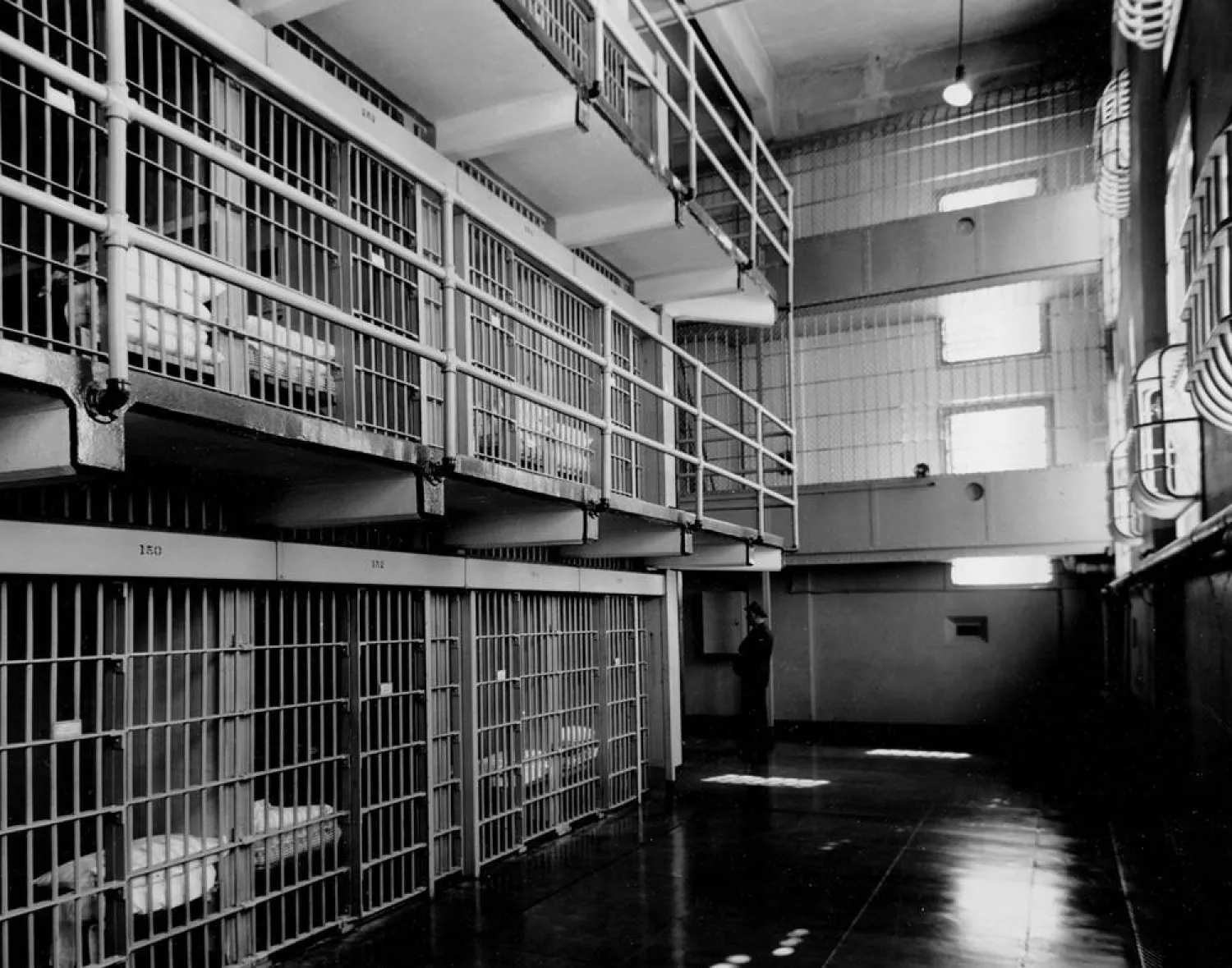Grape harvests in Gaza have been hit hard by relentless heat waves and a lack of rain, leaving farmers in the Palestinian enclave worried for their livelihood.
Grapes are a favorite treat among Gaza's residents and vineyards cover much of its farmland.
But they are particularly sensitive to shifting temperatures and weather patterns, and like in other regions across the world, there is reason for concern.
Ibrahim Abu Owayyed comes from a family of growers. His vineyard was passed down from his father and grandfather. He saw his harvest plummet to 1.5 tons compared to five tons of grapes last season.
"It is almost nothing," said Abu Owayyed. "Grapes are our sole source of income. We and our children rely on it. The heat and the climate change impacted us completely."
Production in the 2023 season dropped 60% from last year to 4,000 tons, according to Agriculture Ministry official Mohammad Abu Odeh. Grapes remain in the top four of crops in Gaza.
"Higher temperatures have also led to the spread of disease, which impacted the already low production and further increased the costs for farmers," Odeh said, pointing to shriveled up bunches of grapes hanging in one coastal vineyard.
At least 1,000 farmers work 1,730 acres of grapes, he said.
The problem does not stop with grapes, he said. Climate change is threatening broader food security in the territory, home to 2.3 million people and under a blockade by Israel.
Owayyed, a father of seven and a farmer for 25 years, said he had to pay double the usual on pesticides as prices rise.
Palestinians say the 16-year-old blockade has crippled the territory's economy. Israel and Egypt also imposed tighter restrictions on the movement of people and goods through the Gaza crossings.
Weak production has hiked the price of grapes, said farmer Khamees Shamalakh.
"The economic situation in the country is bad, people have no income, someone who used to buy three or four kilos is buying one kilo now," said Shamalakh, 75, at his stall at one of Gaza City's busiest squares.







